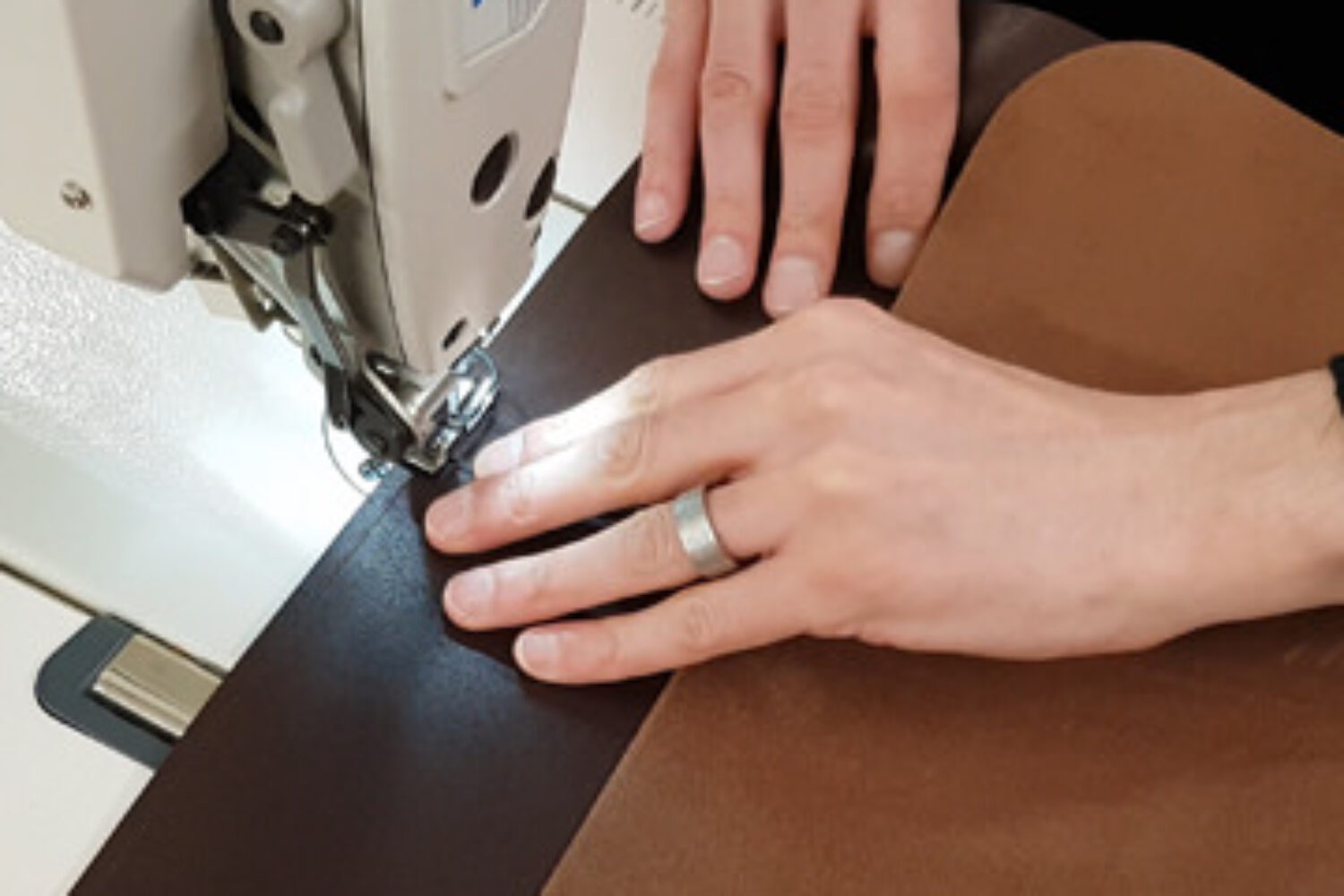Creating Leather: Creation, Dyeing, and Types of Leather. Leather has been cherished for centuries for its durability, flexibility, and timeless appeal.
From luxurious handbags to sturdy work aprons, leather’s versatility makes it a favored material in many industries. In this blog, we delve into the fascinating process of creating leather, the art of dyeing, and the various types of leather available today.
The Leather Creation Process
Creating Leather: The journey of leather begins with raw animal hides, most commonly from cows, though hides from sheep, goats, and pigs are also used. Here’s an overview of the key steps involved in transforming raw hides into beautiful, functional leather:
Sourcing and Preparation: The process starts with sourcing high-quality hides, which are then cleaned to remove any dirt, blood, and other impurities. This preparation phase is crucial for ensuring the final leather is of the highest quality. Visit Our Online Store
Tanning: Tanning is the process that converts raw hides into durable leather. There are two main tanning methods:
Vegetable Tanning: This traditional method uses natural tannins found in tree bark, leaves, and other plant materials. It produces a firmer leather with a rich, natural color and is often used for crafting belts, saddles, and other sturdy items.
Chrome Tanning: This modern method uses chromium salts, resulting in a more pliable and soft leather. Chrome-tanned leather is often used for clothing, upholstery, and fashion accessories due to its flexibility and quick processing time.
Drying and Softening: After tanning, the leather is dried and then softened through a process called staking. This ensures the leather maintains the right balance of flexibility and strength.
The Art of Dyeing Leather
Dyeing leather is both an art and a science, requiring skill to achieve the desired color and finish. Here’s how it’s done:
Preparation: Before dyeing, the leather is carefully cleaned and sometimes lightly sanded to ensure an even absorption of dye.
Choosing the Dye: There are several types of dyes used in leatherworking:
Aniline Dyes: These dyes penetrate the leather deeply, resulting in rich, vibrant colors while preserving the natural grain. Aniline-dyed leather is highly prized for its beauty and softness but can be more susceptible to stains and fading.
Pigmented Dyes: These dyes coat the surface of the leather, providing a more uniform color and added protection against wear and tear. Pigmented leather is often used in high-use items like furniture and automotive upholstery.
Application: Dye can be applied using various techniques, including brushing, spraying, or dipping. The method chosen often depends on the desired finish and the type of leather being dyed.
Finishing: Once dyed, the leather is treated with various finishes to enhance its appearance and durability. This might include oils, waxes, or protective coatings that add shine, water resistance, and longevity.
Different Types of Leather
Full-Grain Leather: This is the highest quality leather, made from the top layer of the hide. It retains the hide’s natural grain and is known for its strength, durability, and beautiful patina that develops over time.
Top-Grain Leather: Slightly lower in quality than full-grain, top-grain leather is sanded and treated to remove imperfections. It offers a smooth, uniform appearance and is often used for high-end products.
Split Leather: Made from the lower layers of the hide, split leather is less durable than full or top-grain but is often used in suede products or coated with a layer of polyurethane to create faux leather.
Bonded Leather: This type is made from leftover scraps and fibers bonded together with adhesives. It is the least durable and least expensive form of leather, often used in budget-friendly furniture and accessories.
Suede: Known for its soft, napped finish, suede is made from the underside of the hide. It is less durable than other types of leather but prized for its luxurious texture, often used in fashion and footwear.
The creation of leather is a meticulous process that blends ancient techniques with modern innovations. From the careful selection of hides to the intricate dyeing and finishing processes, each step contributes to the unique beauty and functionality of the final product.
Whether you’re looking for a rugged apron for your workshop or a stylish accessory, understanding the craftsmanship behind leather helps you appreciate the quality and care that goes into each piece. Explore the world of leather and discover the perfect material for your needs at Leather Aprons.

